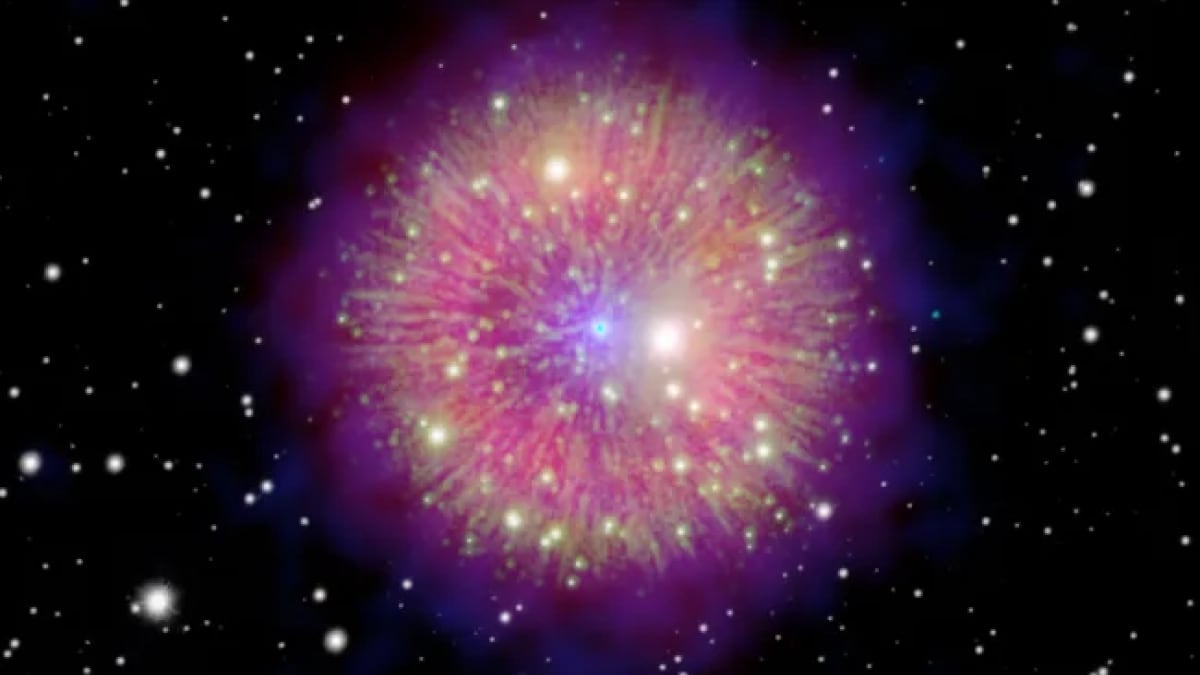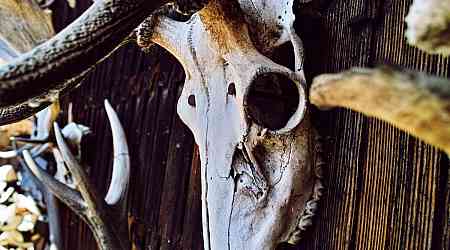A study has brought attention to the nebula known as Pa 30. This Nebula was formed after a supernova that was seen from Earth in 1181. At the center of this nebula is a white dwarf, often referred to as a "zombie star," which continues to shine with impressive heat and light long after its explosive birth.
The Historical Context of the Supernova
In August of 1181, observers in East Asia spotted a bright object near the constellation Cassiopeia. This “guest star” remained visible for about six months, capturing the interest of stargazers. Recent findings have confirmed that this event was a supernova, designated as SN 1181, adding a rich layer to our understanding of historical astronomical records.
What Makes the Zombie Star Stand Out
The white dwarf at the heart of Pa 30. Rather than being completely destroyed in the supernova, this star has survived, burning at a temperature of around 360,000 degrees Fahrenheit (200,000 degrees Celsius). This extreme heat makes it one of the hottest stars known to science, sparking curiosity about how it has managed to survive such intense conditions.
Advanced Mapping Techniques Reveal New Insights
Researchers at the Keck Observatory in Hawaii have used innovative mapping techniques to create a detailed animated visualisation of the nebula. This new imagery shows long, petal-like structures extending from the star, which look similar to the petals of a dandelion. The team discovered that the nebula is expanding at a remarkable speed of about 2.2 million miles per hour (3.5 million kilometers per hour), maintaining this rapid pace since the initial explosion.
The Nebula's Unique Shape
One of the notable features of Pa 30 is its irregular shape. Unlike many other remnants, this nebula has a distinct, asymmetrical structure. Ilaria Caiazzo, a co-author of the study, noted that while this research sheds light on the supernova observed centuries ago, it also raises new questions for astronomers to investigate.
































